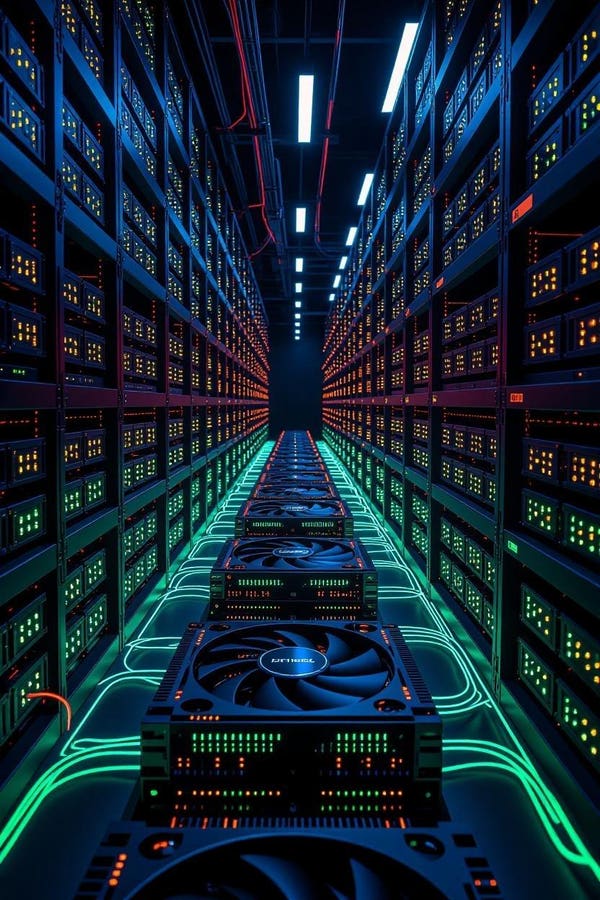Shortage – not saturation – is powering hyperscaler capex, compute demand, and earnings.
The AI Trade: Shortage, Not Saturation
The comfort trade of sidelined investors is to call the rally a bubble. Still bruised from missing the historic AI surge, conservative investors are trying to rationalize their underperformance by dismissing this run as irrational. It is a comfortable narrative, yet this is not the dot-com era redux. The groundwork of AI is computational infrastructure. This is a real, measurable shift in how the world builds, delivers, and consumes computing power.
Ironically, those crying “bubble” are benchmark huggers trailing the S&P by wide margins. They are not the smart money; they are the ghost of trades past. Meanwhile, the actual smart money, the dotcom winners, are deploying billions into AI infrastructure. Amazon, Microsoft, Google, and Oracle carry the scars and wisdom of the 2000-era crash. They are not retreating from the battlefield; they are committing their war chests
The Inverse Condition: Scarcity, Not Oversupply
Unlike speculative manias of the past, today’s AI wave is not made of vaporware or “eyeball metrics.” It is grounded in tangible demand, real products, and astronomical computing requirements.
The definition of a market bubble is immutable, a staple of classical economics: Excess Supply. Bubbles burst when there is too much of something and too few willing buyers.
The reality today is the inverse.
This is a market defined by Scarcity: not enough chips, not enough data centers, and not enough energy to fuel them. Nvidia’s quarterly sales of more than $40 billion underscore this reality; those chips are booked solid. When demand for the core component (compute) drives shortages, you have structural transformation, not speculative excess.
Modernization, Not Mania
The skeptics insist this must all implode, perhaps because they missed everything from cloud computing to digital advertising. But AI isn’t just another theme; it’s the culmination of decades of evolution in computing. Every layer of the stack, from power generation to semiconductors to enterprise software, is being rebuilt for an AI-first world. That’s a structural transformation.
There is a credibility gap between the critics and the innovators. Those sitting on the sidelines speak from frustration, not insight. Meanwhile, the world’s largest firms are not buying GPUs for “hype”; they are buying efficiency, leveraging AI to trim headcount and drive productivity gains at scale.
This coming earnings season, hyperscalers will remind markets why this trade exists. Their data center segments, powered by AI workloads, will post staggering operational evidence. The burden of proof now rests with the skeptics. They must reconcile their “bubble” narrative with the hard data.
The AI bubble won’t burst because the demand driving it isn’t theoretical; it’s compute-hungry and cash-backed.
The critics are fighting the last war, fixated on the phantom of 2000. Investors who remain on the sidelines will not just miss a trade; they will miss the generational shift being financed by the same stewards who turned the internet from hype into a permanent foundation of global commerce.

